Did you know that the different types of Chef hats also serve various functional purposes? Let’s explore the history of Chef hats and delve into the most commonly used styles, their uses and benefits.
The History of Chef Hats
There are many theories about how Chef hats originated. Many of them suggest that Marie-Antoine Carême, a leading French Chef in the 19th century, came up with the concept.
Another famous theory is that King Henry VIII found hair in his meal and beheaded his Chef, after which he ordered all other Chefs to wear a hat.
Whatever the true origin story is, Chef hats have always been used to keep hair out of food and aid in maintaining hygiene in the kitchen. In fact, the reason why Chefs wear white is to project a sense of cleanliness and hygiene.
For centuries, Chef hats were also worn as a sign that an individual had graduated from a culinary school and had various culinary achievements. This was usually denoted by the pleated toque crowning their head.
Back then, the number of pleats represented how many techniques the Chef had mastered, often reaching one hundred or more. Only Chefs who sat at the top of the kitchen hierarchy wore them while others often wore skull caps.
In the fast-paced environment of the modern culinary industry, this concept is somewhat lost. Chefs rarely have time to tweak their toques and the role of hats has shifted to focus more on hygiene and safety rather than symbolism. Additionally, new types of Chef hats have been introduced and they've all but replaced the traditional toque.
With that said, let's look at the most commonly used types of Chef hats and discuss their benefits.
Symbolism and Significance of Chef Hat Pleats
The pleats in a chef's hat, traditionally known as a toque blanche, hold significant meaning in culinary arts. Historically, each pleat was said to represent a technique or recipe that the chef had mastered, with some toques featuring up to 100 pleats.
This symbolism highlighted the chef's experience, skill level and the breadth of their culinary expertise. While modern kitchens may not strictly adhere to this tradition, the pleated toque remains a respected emblem of a chef's professional journey and dedication to their craft.
Types of Chef Hats
Chef hats can be broadly categorized into traditional, modern and specialty styles. Each serves specific roles in maintaining hygiene and adapting to different kitchen environments.
Traditional Chef Hats
As mentioned above, some Chef hats have been around for a very long time and continue to be worn in modern restaurant kitchens even today.
Chef toque
A toque is the most traditional Chef hat there is. It's still worn in high-end, traditional kitchens. For instance, Michelin-star Chefs are likely to wear the Chef toque.
Usually made from cotton, polyester, or poly-cotton blends, the Chef Toque is distinctive by its tall, stiff and pleated look.
Traditionally, it was used to mark seniority in the kitchen and it's still worn mostly by those occupying the Executive Chef role.
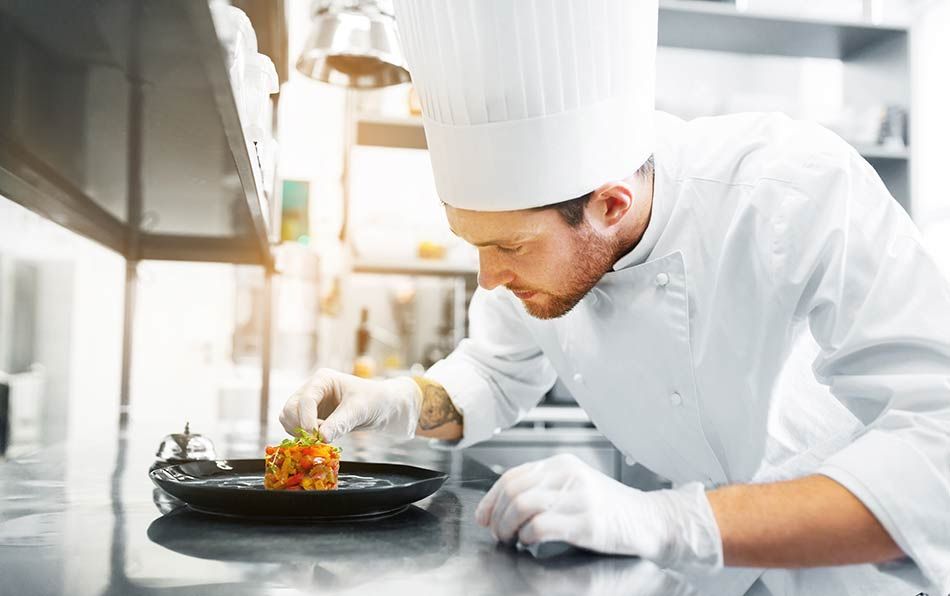
Chef beret
The chef beret offers a more relaxed and modern alternative to the traditional toque. It provides a comfortable fit while maintaining a professional appearance. The beret is often associated with creative culinary environments and is favored by Chefs who prefer a less formal headpiece.
Skull cap
The skull cap dates way back to ancient times but it didn't become a trend in kitchens until the late 20th century. As kitchen environments became busier, Chefs needed something that was both comfortable and functional.
It offers a clean-cut look and features an elastic band to fit all head sizes. Many skull caps also feature a mesh top that ensures air circulation in hot kitchens.
Since it's viewed as a less formal hat than the toque, it's rarely worn by Executive Chefs. Instead, it's a popular choice among Pastry Chefs and Bakers, as well as those in the Line Cook role.
Modern Chef Hats
In recent years, more modern versions of the Chef hat have emerged. They're typically worn in casual and fast-food restaurants.
Chef beanie
A Chef beanie is another informal piece of Chef headwear that has been adopted in kitchens in recent years. It looks similar to the skull cap, but it's looser and slouchier.
In kitchens with multiple Chefs, you'll often see the Executive Chef wearing a toque and others wearing Chef beanies.
While most Chef hats are either white or black, beanies can vary in color to match the restaurant's brand and uniforms.
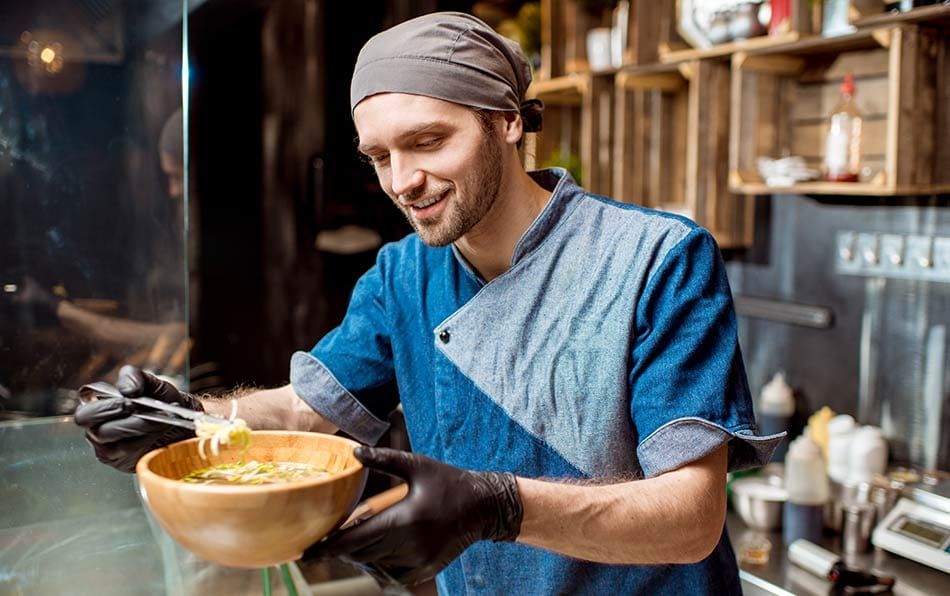
Bandana
Chef bandanas are another versatile option for those working in hot kitchen environments. They're excellent in absorbing sweat and can easily be tied into a neckerchief to prevent sweat dripping down the wearer's neck.
They're seen as a modern replacement to the skull cap and are most likely to be encountered in cafes, casual restaurants and food trucks.
Baseball cap
Baseball caps have emerged as a casual option for Chefs in fast-food restaurants. They're lightweight and easy to wash.
The baseball cap helps protect the Chef's vision from bright overhead lighting and sunlight in open environments. However, you can often see a Chef wear it backwards, to prevent heat from moving towards their face.
They typically have a hook-and-loop design at the back, so they're easy to adjust to any head size.
Specialty Chef Hats
Some Chef hats are worn only in specific types of restaurants and serve to help create a specific ambiance or better adjust the Chef attire to the environment they work in.
Headband
A headband is another hat option for Chefs in some specialty restaurants. For example, you'll often see Sushi Chefs wear a traditional Japanese headband called "hachimaki" as it adds to the overall ambiance of the restaurant.
They're also a popular option in fast-food and other casual restaurants.
Since they're made from moisture-wicking fabrics, they're great for absorbing sweat as well.
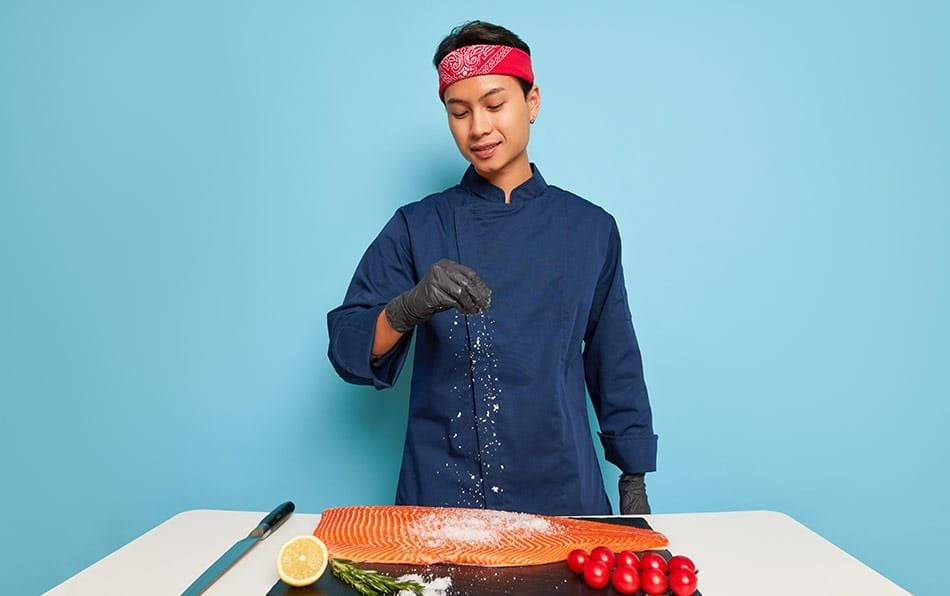
Chef visor
Although rarely featured in traditional kitchens, visors are worn by Chefs operating barbecue stations, food trucks and other outdoor environments.
They're lightweight and protect from sun glare without trapping any heat inside. Additionally, they're easily adjustable and fit all head sizes.
Although a viable option for Chefs, visors are usually worn by lower-ranking kitchen staff members.
Pastry Chef cap
Pastry Chef caps are shorter than traditional Chef toques and have a flat top. You may also often see them feature a short brim.
They've been designed to combine comfort and functionality, which is important when working with desserts.
Over the years, this Chef hat has become associated with the Pastry Chef position and it serves to represent their role in the kitchen.
Modern Trends in Chef Hats and Kitchen Headwear
In recent years, modern kitchens have seen a shift in chef hat designs, reflecting changes in kitchen culture and practicality. Many Chefs now opt for low-profile hats such as skull caps, beanies and berets, which provide comfort and functionality while maintaining hygiene standards. These alternatives are particularly popular in fast-paced environments where traditional tall toques may be impractical.
Another trend is the use of customized headwear, with some restaurants adopting branded caps or headbands that match their aesthetic. This shift reflects a more relaxed and creative kitchen atmosphere, especially in contemporary or fusion restaurants. Additionally, eco-friendly materials and sustainable fabrics are becoming popular, aligning with broader sustainability initiatives within the culinary world.
Despite these modern adaptations, traditional chef hats remain a symbol of culinary excellence in fine dining establishments, where preserving classical kitchen attire is part of the overall dining experience. The balance between tradition and innovation allows Chefs to express individuality while adhering to professional standards.
Why Chef Hats Are Important in Professional Kitchens
Chef hats serve more than just an aesthetic purpose — they play a crucial role in maintaining hygiene and establishing authority in the kitchen. Hygiene is a top priority in food preparation and hats help prevent hair from contaminating dishes. Additionally, hats absorb sweat and reduce the likelihood of it dripping onto food.
Beyond hygiene, Chef hats reflect the kitchen hierarchy and experience. The style and height of a Chef's hat often indicate their rank and expertise, fostering a sense of discipline and respect among kitchen staff. In many kitchens, the Head Chef's tall toque acts as a visual cue for leadership and authority, helping to organize the workflow efficiently.
In open kitchens, where Chefs are visible to diners, hats contribute to the restaurant's image by reinforcing professionalism and tradition. Even in modern kitchens where headwear is less formal, wearing hats demonstrates attention to detail and commitment to health and safety standards.
How to Choose the Right Chef Hat
When it comes to choosing a Chef hat, it's good to consider the restaurant's overall ambiance and dress code. You can talk to the Restaurant Manager and find the right fit together.
Another important thing to take into consideration is how functional the hat is. You want something that allows you to move around freely and offers enough airflow.
Since mess is inevitable in a kitchen setting, try to find something that's machine-washable and stain-resistant.
Keep in mind that the Chef hat can also serve as an extension of your personal style and aid in your branding in the culinary world. Some Chefs even have their hats custom made to include their name or something that helps create a distinctive identity.
Ultimately, the right chef hat balances functionality, comfort and professionalism, contributing to both hygiene and the chef's personal identity in the kitchen.
Conclusion
Chef hats are more than just a part of the uniform — they’re symbols of professionalism, hygiene and identity in the culinary world. From the traditional toque to modern alternatives like beanies and visors, each hat has a distinct role. Choosing the right Chef hat can enhance your performance, complement the ambiance of the restaurant and support branding efforts.
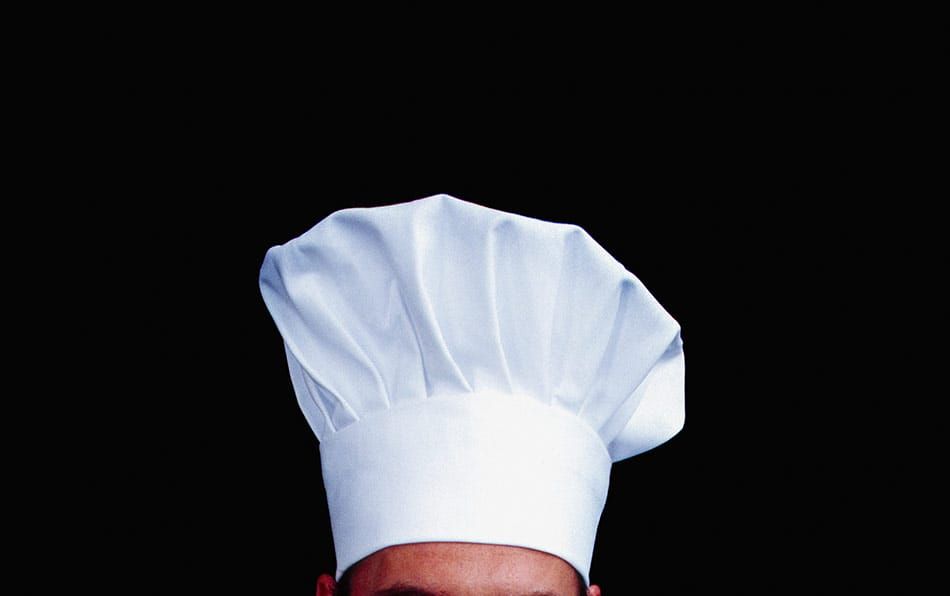


.png)
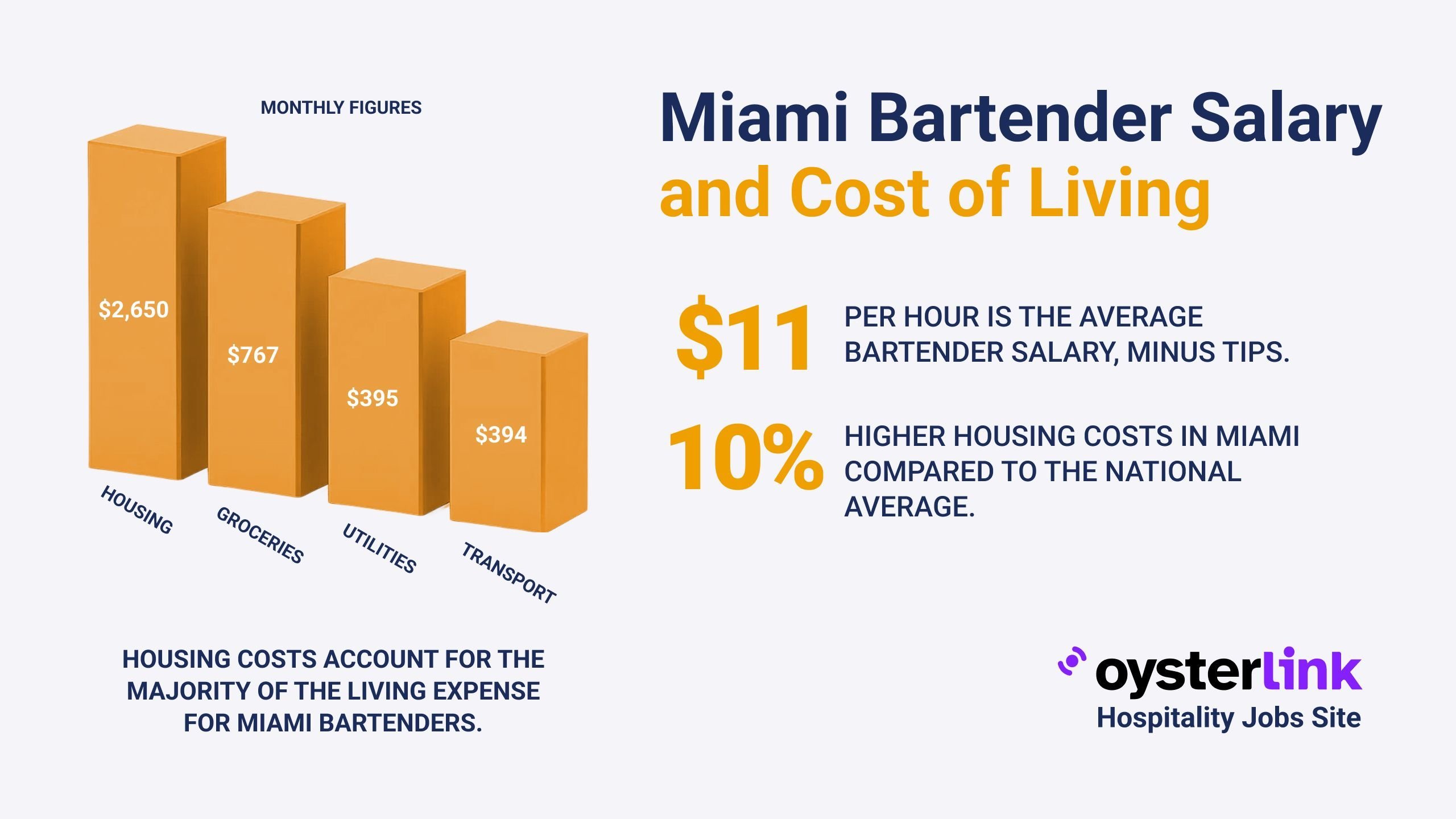
.png)
.png)